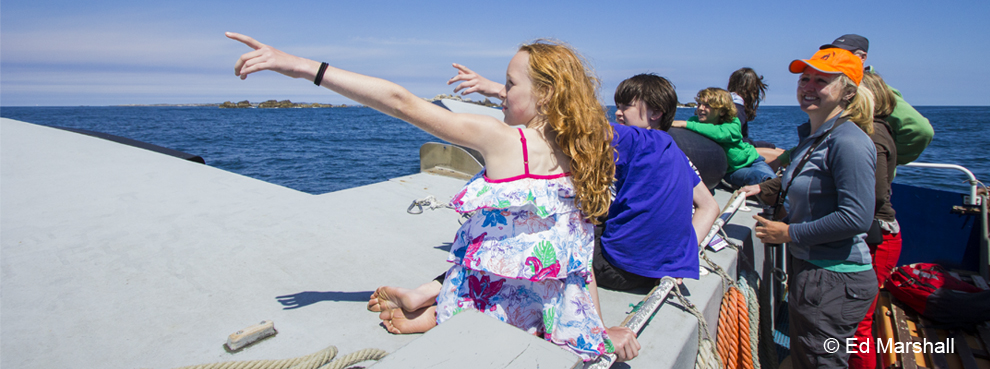Establishing baseline information
An ecological survey team from Spalding Associates (Environmental) Ltd is establishing baseline information for vegetation, invertebrates, mammals and landbirds. This will involve four visits in May, June, July and September 2013. This work will be repeated by trained Project staff and volunteers in the two years after brown rat eradication to examine changes. Work is being carried out on St Agnes, Gugh and Bryher.
The methods used for monitoring of invertebrates and mammals may generate enquiries.
1.Tunnels for Small Mammals (targeting Scilly Shrew)
These are black plastic triangular corridors provided by the Mammal Society. They are very conspicuous. Nontoxic dye is used to record footprints. They will be placed at each site for only a few days at a time.
2. Pitfall traps for ground-dwelling invertebrates.
Pairs of small plastic cups have been temporarily sunk into the ground – avoiding Scheduled Ancient Monuments. They will remain in the ground until after the fourth visit in September 2013. They contain propylene glycol preservative, which unlike ethylene glycol is not attractive to small mammals and pets. Each trap is covered by a plastic saucer supported by three wooden pegs to prevent flooding by rain. The saucers are held in place by a stone and the earth core removed (which will be reinstated after monitoring is complete). The preservative will be present for between 3 and 7 days at a time, after which the entire contents are collected and the saucers replaced securely to prevent further entry until the next visit.
N.B. To prevent accidental entry by Scilly Shrews a wire grid has been placed inside each trap.
















